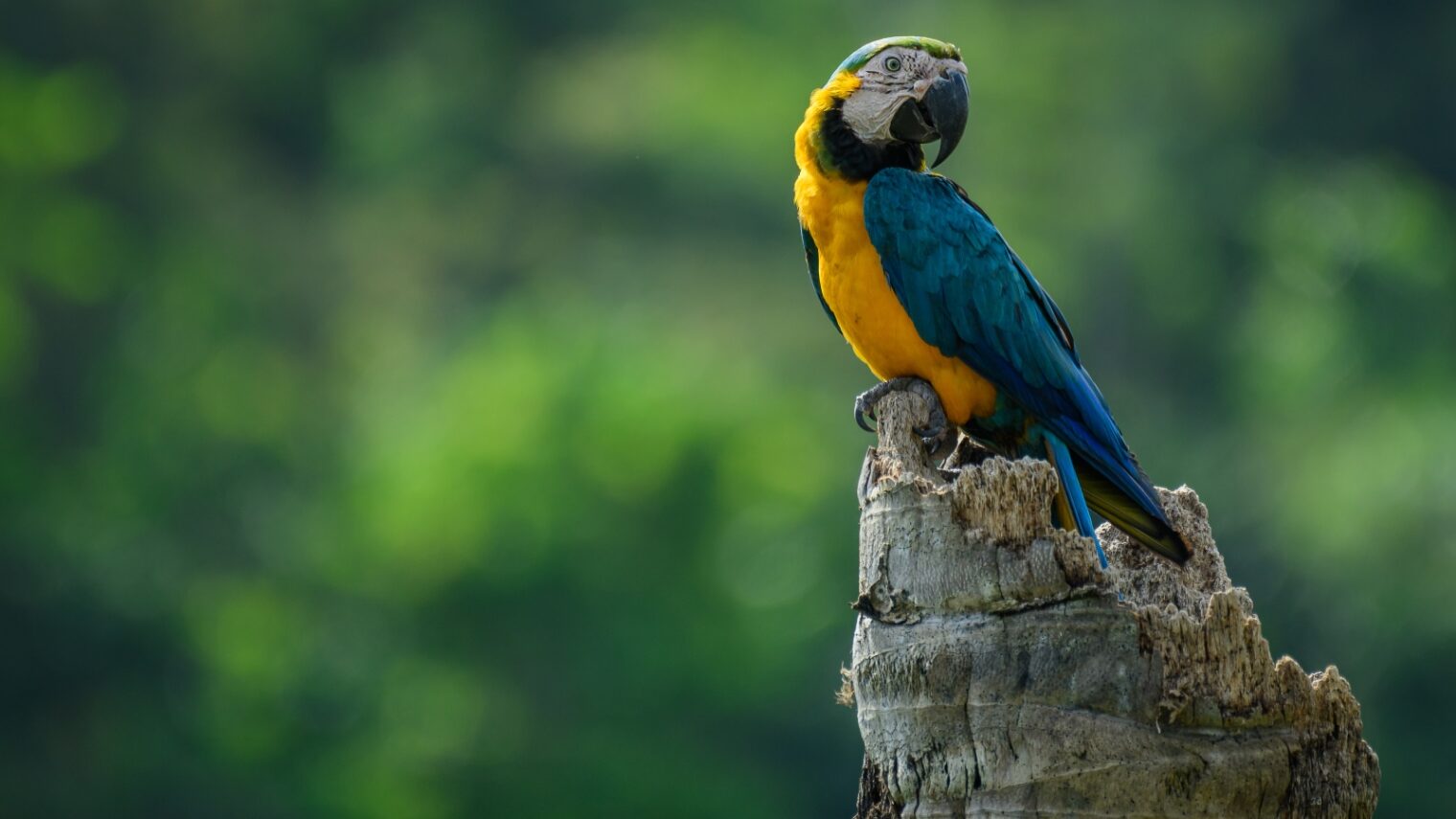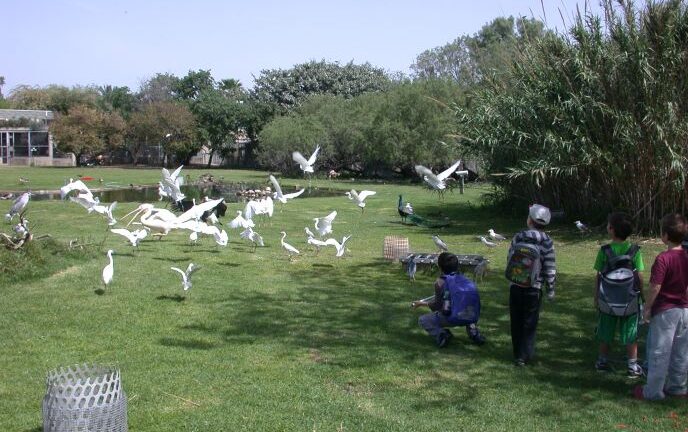About $83 billion was pledged for the planet by VIPs who spent big bucks and lots of jet fuel flying to Dubai for COP28, the 2023 UN Climate Summit.
An Israeli professor of conservation biology has a much more modest proposal: Anyone can chip in just $1 to help save Planet Earth.
This is My Earth (TiME) was conceived more than two decades ago by Prof. Uri Shanas of the University of Haifa and Oranim teachers college, well before “crowdfunding” became a thing.
“My anxiety was rising as I saw the Earth getting in deeper trouble and the problems weren’t being solved,” says Shanas.
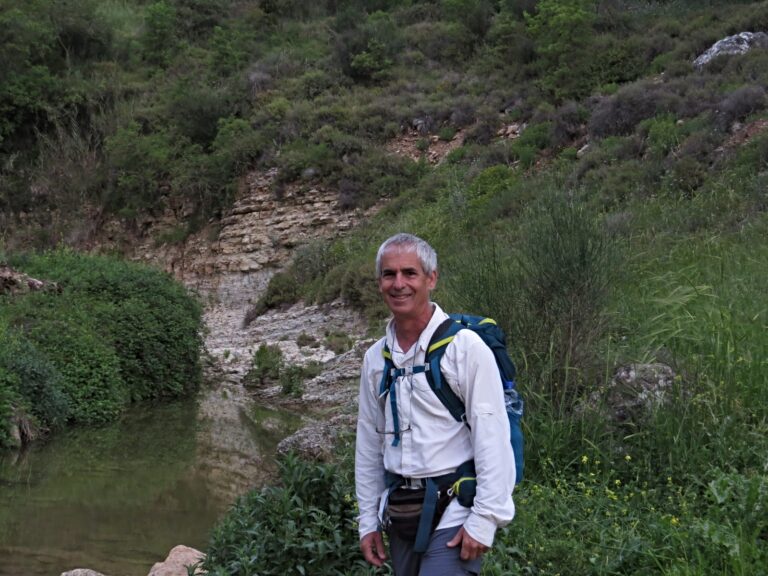
He’d previously cofounded the nonprofit Israeli Union for Environmental Defense (Adam Teva V’Din) with Tel Aviv University Prof. Alon Tal, dedicated to improving environmental protection in Israel.
Though teaching and researching in his field was rewarding, Shanas longed to practice what he was preaching.
“I love research, but it’s not doing what needs to be done on the ground. I thought, what is the craziest thing I could imagine to do?”
Hotspots
Shanas decided to focus on unprotected biodiversity hotspots — places that are both rich in species and deeply threatened.
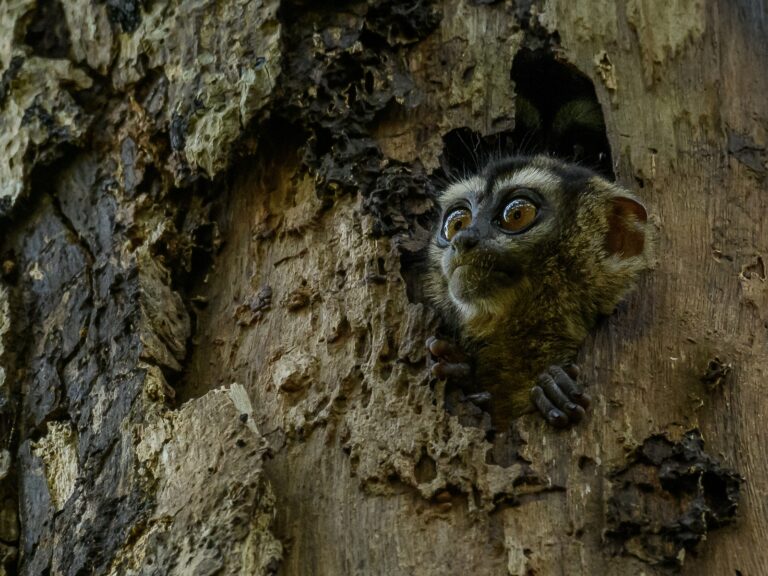
“I came across the amazing fact that more than half of the biodiversity hotspots are in private hands, which means we could purchase them – not myself, but maybe I could organize people around this idea,” he says.
However, nobody from the United Nations or other bodies he approached was interested, so he shelved the idea. “I didn’t even show it to my wife; it was too crazy.”
Actually, it was only ahead of its time.
In 2014, Shanas spent a sabbatical year at Portland State University in Oregon. The combination of Portland’s green activism and the dawn of crowdfunding made this the right place and time to actualize his idea. :
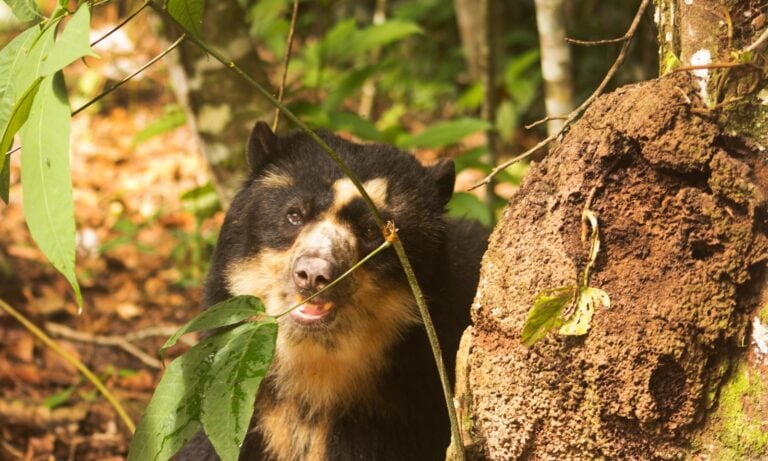
He and Tal launched an Indiegogo campaign seeking $25,000 to cover the expenses of establishing TiME. They raised $35,000, giving them $10,000 to spend toward their first hotspot purchase, chosen by contributors (members) from a list of three candidates.
“We always give our members options to choose from,” says Shanas.
Each vote is equal regardless of the donation level. The money is distributed among projects based on the relative number of votes they gain.
9 projects
Over the past nine years, about 7,000 TiME members have collectively purchased nine hotspots covering over 11 million square meters on three continents.
Local entities are engaged as partners to protect these biodiverse habitats. They report to TiME throughout the year, and local volunteers visit the sites regularly.
The sites, partners and some of their projects include:
- Pampa del Burro, Peru: Neotropical Primate Conservation runs educational and conservational programs including a recent census of the critically endangered yellow-tailed woolly monkey.
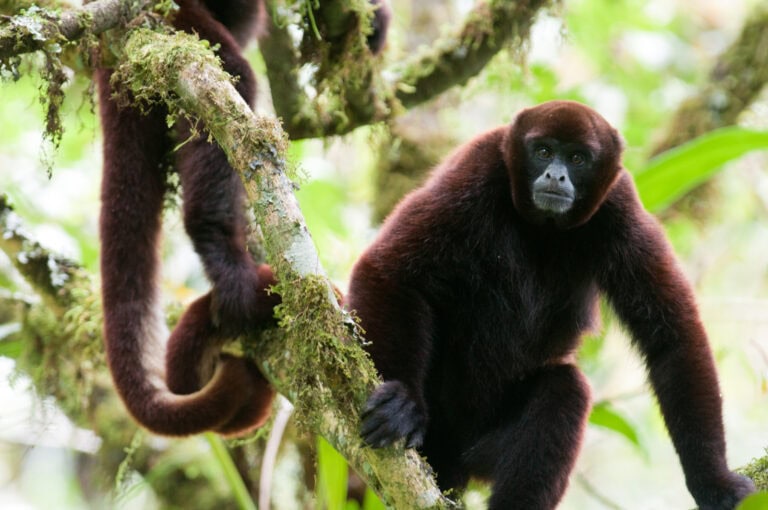
- Chocó Forest, Ecuador: Fundación de Conservación Jocotoco provides legal protection for the land, particularly against mining; employs young people as park guards and parabiologists; and works with an indigenous community to develop sustainable cacao farming and forest management practices.
- Serra Bonita, Brazil: Instituto Uiraçu implements sustainable management projects such as measures to address adverse weather conditions and prevent forest fires.
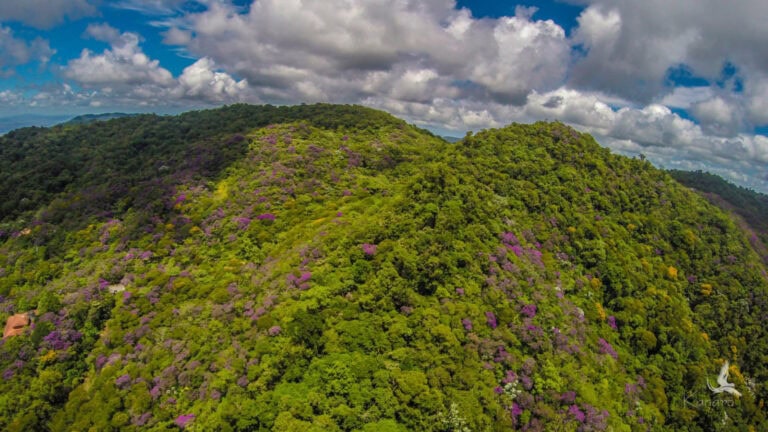
- Maasai Mara, Kenya: Wildlife Clubs of Kenya helps assure the survival of elephants, lions, leopards, cape buffalo and rhinos; maintains critical habitats for elephants, warthogs, impalas, zebras and other mammals; and helps local residents develop conservation-friendly practices.
- Dakatcha Woodland, Kenya: Nature Kenya is developing a management plan with the county government; planting over 25,000 indigenous fruit and agroforestry tree seedlings; and establishing 15 acres of grass/pasture seedbanks.
- Turneffe Atoll, Belize: Turneffe Atoll Trust is working in this reef mangrove plot near Belize City to address numerous threats, especially unsustainable fishing practices, development and dredging, and the extraction of non-timber products.
- Sun Angel’s Gardens, Peru: Neotropical Primate Conservation is establishing a carbon credit program; mapping the protected area; and collaborating with local communities to develop and maintain sustainable livelihoods within the broader ecosystem.
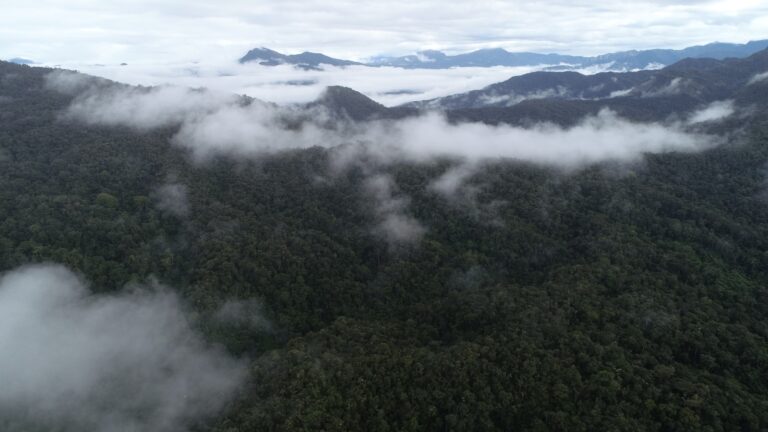
- Magdalena Valley, Colombia: Fundación Biodiversa Colombia is restoring natural habitat, employing women from a local fishing community to plant and manage a tree nursery, and monitoring yellow-footed tortoises in cooperation with the Turtle Survival Alliance.
- Tapichalaca, Ecuador: Fundación de Conservación Jocotoco is preserving habitats for declining endemic species such as Jocotoco Antpitta birds, mountain tapirs, pumas and spectacled bears.
No carbon footprint
Pampa del Burro, the first purchase, is the only site Shanas has visited.
“One of the foundational ideas of TiME is that our officers will not waste public money and add to the carbon footprint by traveling to these sites around the world,” Shanas tells ISRAEL21c.
He worried at first that TiME didn’t have enough lands in the pipeline. But now there are more than 100 sites under review by its Scientific Advisory Committee due to the global outreach efforts of TiME land manager Gal Zanir.
One of the spots TiME is raising money to purchase is Pada Kera Rights of Nature Reserve in Colombia’s Putumayo Amazon region.
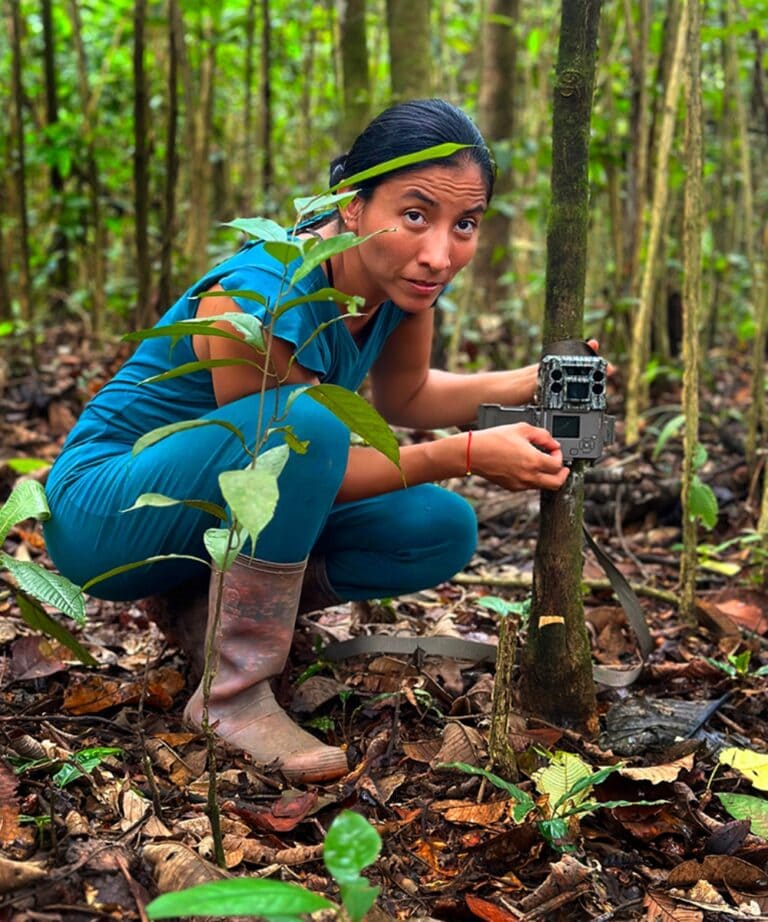
TiME wants to acquire the land for a dispossessed indigenous tribe, Embera Chami, which would become the legal guardian of the reserve. Tribespeople already can earn money by photographing rare species there, such as jaguars, harpy eagles, bush dogs and Andean bears.
The children
Purchasing and protecting biodiversity hotspots is only half of TiME’s mission.
The other part is educating about the importance of biodiversity to human and planetary health, and giving schoolchildren the opportunity to be involved in the project.
TiME has spread its message to a middle school in Gresham, Oregon, through Youth Empowerment Project Pacific Northwest; to the Service Learning Program of Attica Zoo Park in Athens, Greece; and to nearly 500 European educators from 96 countries through a massive open online course (MOOC).
Four Israeli schools are now learning the TiME curriculum with peers in a Rwandan school run by an Israeli, Shanas adds.
“Our ‘secret agenda’ is that in addition to conservation, the Israeli kids will learn about the genocide in Rwanda and how they overcame it.”
During the Covid pandemic, TiME purchased land in Colombia with the help of contributions from Israeli high school students. When a local volunteer reported that this was “the most beautiful, biodiverse area he’d ever seen,” the teacher forwarded the message to her former students and received enthusiastic responses from different army bases where the students are now serving.
“They were part of that, and they felt so proud,” says Shanas.
Amazing accomplishment
Although some 7,000 people (mostly Israelis and Americans, but also from 60 other countries) have contributed $1 or more since TiME was founded, Shanas admits to being frustrated that recruiting members is not as easy as he’d expected.
He and his board are working on ways to encourage broader participation.
“It’s almost the most effective way you can do something for the Earth, to show that you really care. Each dollar has purchased 24 square meters of rainforest and that’s an amazing accomplishment,” he says.
Thanks to the dedicated work of TiME’s board, scientific committee and volunteers across the world, he adds, 100 percent of private donations go to the cause.
“If everyone donates a small amount it will work, and that’s more important to me than reaching out to affluent people or foundations, which we also do. Our top priority is getting as many members joining and voting as possible.”
For more information, click here.




